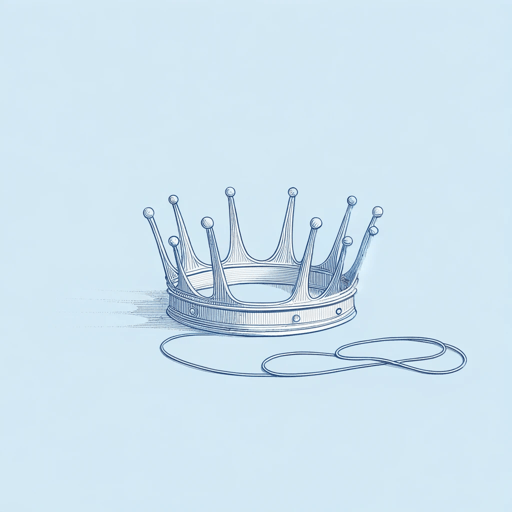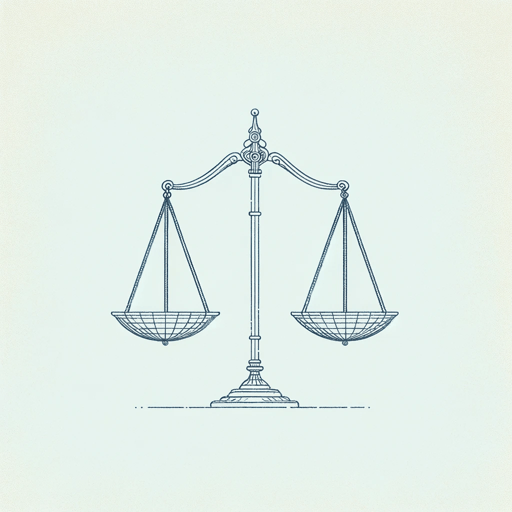18 pages • 36 minutes read
William ShakespeareSonnet 138: When my love swears that she is made of truth
Fiction | Poem | Adult | Published in 1599A modern alternative to SparkNotes and CliffsNotes, SuperSummary offers high-quality Study Guides with detailed chapter summaries and analysis of major themes, characters, and more.
Background
Literary Context: Poetry
While they are some of the most well-known sonnets written in English today, the first edition of Shakespeare’s sonnets was published at a time when sonnets were declining in popularity. Writing for the Folger Library’s Shakespeare Documented, Erin A. McCarthy elaborates on this: “The 1590s were the peak of the sonnet vogue in England: 20 first edition sonnet books appeared between 1590 and 1599. While some sonnet sequences were printed or reprinted during the seventeenth century, by 1609, the form was a bit dated.” English sonnet sequences of the 16th century included Philip Sidney’s Astrophil and Stella, published in 1591, and Edmund Spenser’s Amoretti, published in 1595. However, some of Shakespeare’s sonnets, such as “Sonnet 138,” were published in anthologies and shared in private before the 1600s.
The sonnet form, which originated in Italy, gained the interest of English poets after Thomas Wyatt translated Petrarch’s sonnets in the anthology called Tottel’s Miscellany. Francesco Petrarch is credited with popularizing the sonnet form in Italy in the 1300s. Petrarch’s Italian form of the sonetto, which means “little song” in Italian, differs from the English forms. It contains an octave and a sestet—a section of eight lines followed by a section of six lines after a volta, or a turn in the direction of thought.
Related Titles
By William Shakespeare

All's Well That Ends Well
William Shakespeare

A Midsummer Night's Dream
William Shakespeare

Antony and Cleopatra
William Shakespeare

As You Like It
William Shakespeare

Coriolanus
William Shakespeare

Cymbeline
William Shakespeare

Hamlet
William Shakespeare

Henry IV, Part 1
William Shakespeare

Henry IV, Part 2
William Shakespeare

Henry V
William Shakespeare

Henry VIII
William Shakespeare

Henry VI, Part 1
William Shakespeare

Henry VI, Part 3
William Shakespeare

Julius Caesar
William Shakespeare

King John
William Shakespeare

King Lear
William Shakespeare

Love's Labour's Lost
William Shakespeare

Macbeth
William Shakespeare

Measure For Measure
William Shakespeare

Much Ado About Nothing
William Shakespeare

